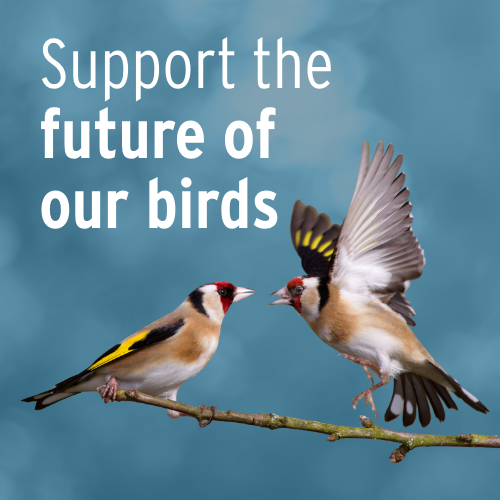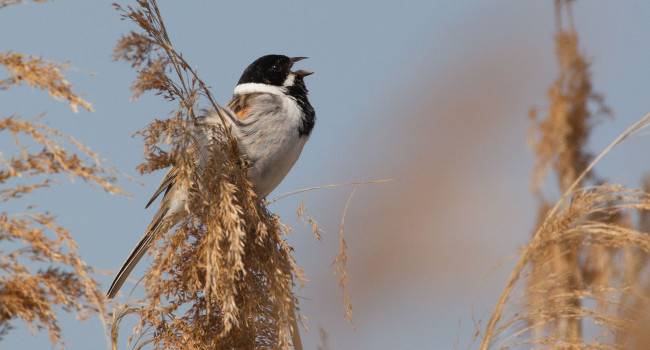Pruning shrubs to encourage growth


Aims can be the aesthetic ones of shape or size, or can be more practical, where the future wellbeing or productivity of the plant is involved. Thinning to open the canopy to let in more air and light, preventing crossing branches (which can lead to rubbing and disease entry), or removing dead or dying tissue to prevent disease spread are all concerns here. Of course, for the bird gardener, it is important to provide nesting sites and shelter, so we can find ourselves perversely creating additional branching and a closed, dense structure! Pruning can also be used to increase flowering and fruiting, good for both the gardener and many birds.
How to prune
All cuts should be made with sharp tools; secateurs for shoots and smaller branches and loppers or a pruning saw for larger ones. Always try to cut back to just above a healthy bud to prevent dieback of the tissue below the cut. Outward facing buds will encourage the plant to branch in that direction and develop an attractive open structure, whereas inward facing ones will form a more bird-friendly denser plant; it’s your choice, although different shrub species vary in their ideal look, of course. Don’t cut larger branches right back to the trunk, but leave the collar where the two meet intact. An initial cut beneath the branch will prevent a strip of bark tearing off down the trunk. Covering the cut with wound paint is no longer considered necessary.
For most species, the harder a plant is pruned the more vigorously it will grow back. Light pruning will encourage slower but more branching growth. These principles can be used for many trees and shrubs to reshape an uneven specimen by cutting the weak side back hard but the stronger side lightly. In apple and pears, pruning selected shoots lightly will promote the development of fruiting spurs. Many hopelessly overgrown and distorted shrubs can be rejuvenated by cutting right back (coppicing) to within a few inches of the base. The new young growth can then be managed to the desired form as it develops. Feeding helps considerably; dogwoods (Cornus), Berberis, and Hazel (Corylus) are good examples. Major cutting back of deciduous shrubs should be carried out any time during the dormant winter season but evergreens are best left until late winter or early spring, so they can photosynthesise earlier in the winter.
Shrubs flower either on new (this season’s) or old (last season’s) growth. Those flowering on new wood should be pruned in early spring, allowing the flowers to develop afterwards. Buddleja davidii (the butterfly bush), Caryopteris, and fuchsia are in this group. Species flowering on old wood should be pruned immediately after the previous year’s flowering; if left until winter or spring, this year’s flower buds will be removed. Buddleja globosa, Philadelphus, and Jasmine (Jasminum) fall into this category.
When not to prune
Not all shrubs need pruning – if there’s room, then why not let some grow to their full potential with their natural shape? The extra height and leaf area will provide more caterpillars and
other invertebrates for birds, moths for bats, and will benefit the whole garden. Alternatively, a natural shape and some height can be kept by removing, say, a fifth of the oldest and largest branches each year. Over five years, the whole plant will be replenished.
Most pruning of perennials involves tidying up and cutting back at the end of the year. If possible, leave the end of the year tidy-up until spring, to leave seeds on the plants for birds and hollow items and other dead vegetation for invertebrate overwintering. This also applies to the smaller shrubs such as lavenders, which can reward you with Goldfinches feeding on the seed-heads at Christmas if you don’t clip until spring.
Dealing with climbers
Climbers that form permanent structures tend to be better for wildlife, providing overwintering shelter and nest sites. These usually only require light pruning after flowering, using secateurs or even shears to control overall growth.







Share this page